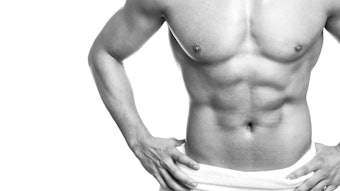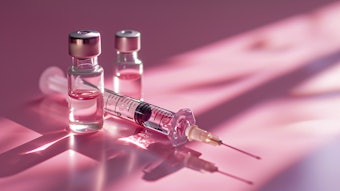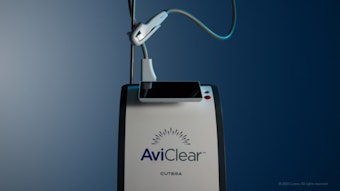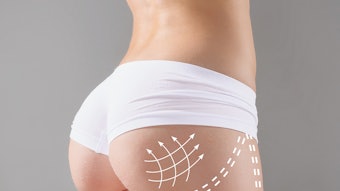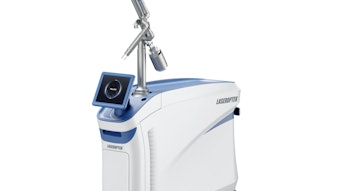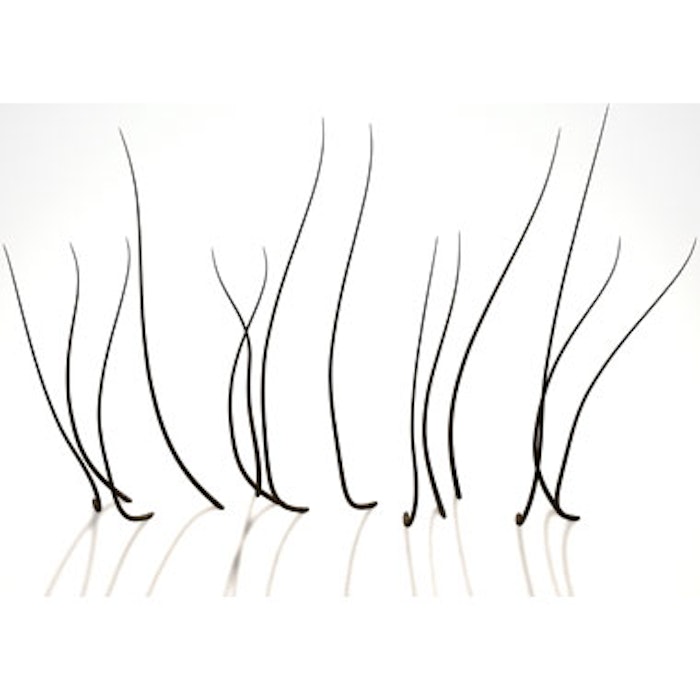
Androgenic alopecia (AA) is one of the most prevalent aesthetic concerns, affecting an estimated 30% of men over the age of 40. Building on the potential promise of platelet-rich plasma (PRP) to reduce hair loss, I have developed a new technique that involves injecting a bolus of PRP into the subcutis to reverse the effects of AA. The technique—which I refer to as Rapaport Subdermal Depo PRP Injection—has become one of my favorite and most gratifying cosmetic procedures, as I see immediate changes in my patients’ emotional states once their hair is improved.
As with any cosmetic procedure, patient selection is extremely important. Patients with AA whose hair loss occurred within the past three years benefit most from this procedure. A thorough consultation must be performed to avoid treating those who have telogen effluvium, scarring alopecia, infections, inflammation or other nonviable diagnoses.
Patient Prep
Patients are instructed to consume 45 ounces of water with sea salt the day before the procedure to make blood draw easier. We also ask that they wash their hair on the day of the procedure to remove any fibers, hair spray or spray coloring. To assess the level of hair loss at baseline, we take global photos of the patient’s head as well as dermatoscope photos to measure the hair shafts, follicles and hair density.
The Procedure
The patient’s blood is drawn into a 22ml tube—usually one is enough for the procedure. Extreme caution is taken in the labeling of their blood. We use a single spin technique (2,950 rpm for 12 minutes) to produce the plasma. The platelet-poor plasma is removed, leaving behind a concentration of four to five times the normal plasma concentration of platelets.
The key to this procedure’s success is the injection technique. I inject the PRP below the level of the skin into the subdermal space, which houses the bulb of the hair follicle. This causes the bolus to slowly diffuse out at the level of the bulb. To reach the subdermal space, I inject the syringe to the periosteum then pull back until there is a lack of resistance.
In addition to allowing me to deliver PRP more directly to the bulb of the hair follicles, the physiological space in the subdermal layer creates less resistance to injection, making the procedure more comfortable for the patient. If you are in the wrong plane, the patient will feel more pain. While there is little danger to injecting above or below the subdermal space, I believe the injections will be less effective and may cause more trauma to the areas treated.
This technique bathes the base of the follicles in PRP to stimulate increased signaling among the follicles’ stem cells. My patients typically receive an average of 15 injections of 0.3ml to 0.5ml each. Most require three to four injection sessions spaced one month apart, followed by maintenance treatments two to four times per year. Since fewer injections are needed to achieve new hair growth, it also allows for a more time- and cost-effective treatment.
We instruct patients to take a warm shower after the procedure, and they are asked not to dye their hair within 48 hours of treatment to prevent dermatitis. There are no other restrictions.
Adverse Events and Downtime
The most dangerous adverse event would be to misidentify the patient’s blood and inject blood from another individual. With fastidious labeling and handling of tubes, this should not happen. The only other adverse event we have seen is local discomfort from the injection itself and lack of improvement.
There is virtually no downtime and, because this technique requires fewer injections than earlier procedures, there is not a significant amount of swelling or edema.
Patient response is directly related to the amount of time that the hair has been lost. In my experience, if hair has been gone longer than five years, the follicles are dormant and the patient does not see hair regrowth.
We are seeing excellent results in patients who have less than three years of hair loss. Almost 60% of these patients have noticed thickening of their existing hair and approximately 70% noticed a decrease in hair shedding. We have also seen an improvement in hair density in both the global and dermatoscope photos. Adding concomitant therapies such as finasteride, minoxidil, Qilib (Galderma), progesterone, low-level laser therapy and vitamin supplements may improve these outcomes further.
These patients are the most grateful and appreciative patients I have seen in my many years of practice.
Jeffrey A. Rapaport, MD, is founder and medical director of PRPHairMd.com and the Cosmetic Skin & Surgery Center with four locations in New Jersey, and chairman emeritus at Holy Name Medical Center in Teaneck, New Jersey.
Photo copyright Getty Images.
